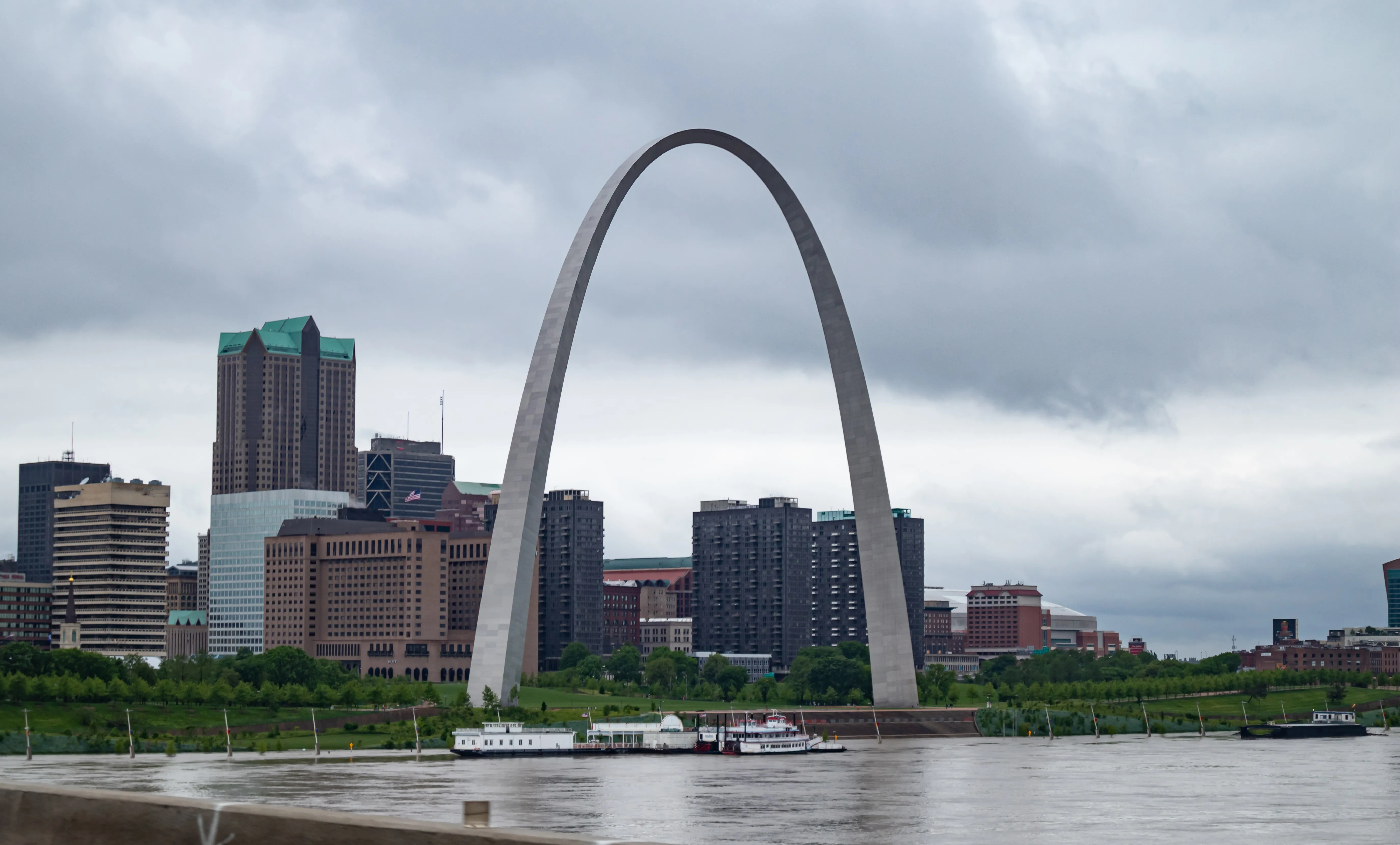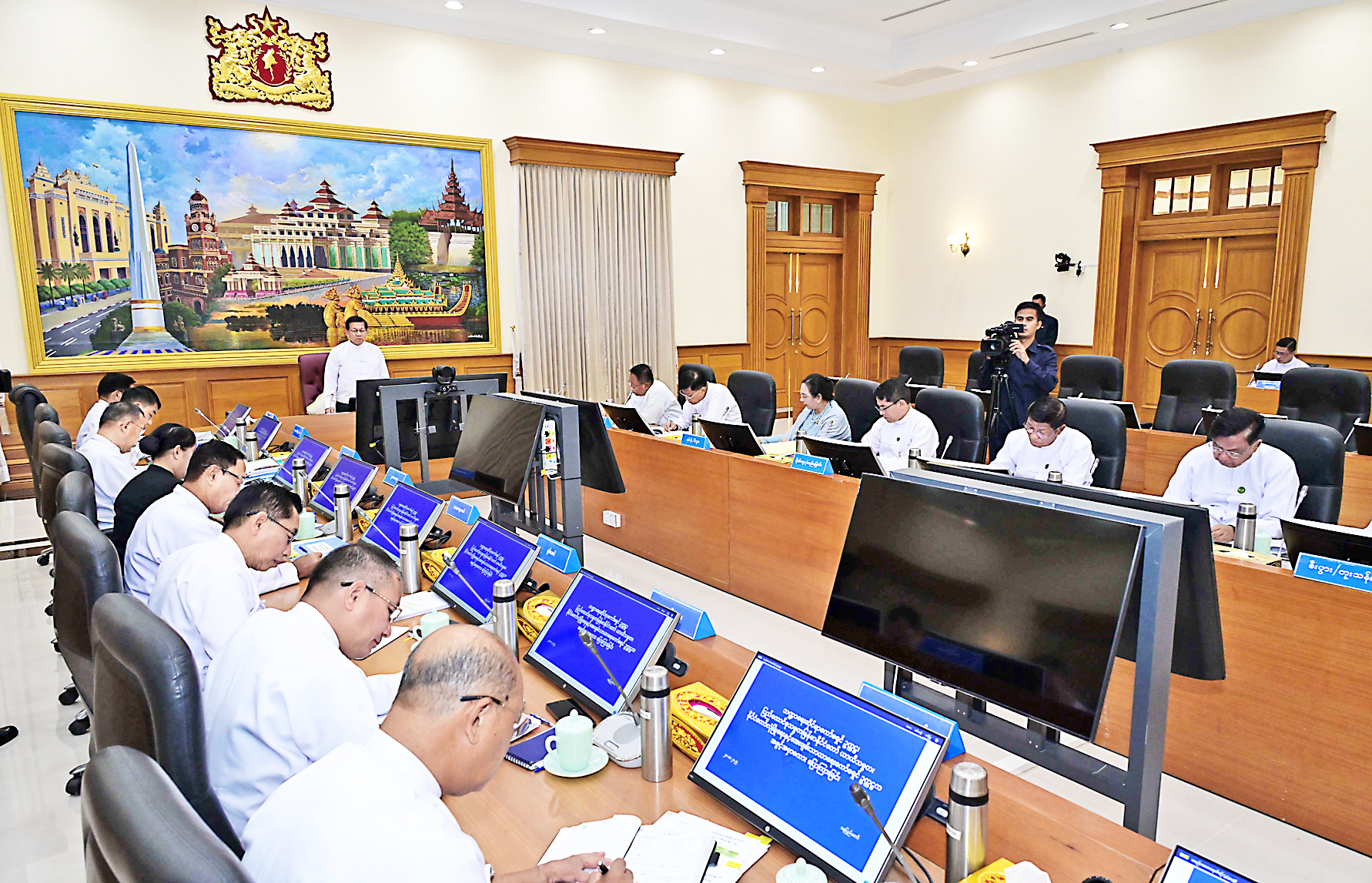Copyright fox2now

ST. LOUIS - Tuesday marks 60 years since crews completed construction on the Gateway Arch, the iconic landmark that has come to define St. Louis for generations. But well before it came to life, the Gateway Arch wasn't the first idea to transform downtown St. Louis. According to History.com, the Arch beat out stiff competition from a field of 172 monument designs, with at least five proposals considered "semi-finalists" in the planning process. The Gateway Arch park Foundation also maintains information on several leading models and design candidates. In February 1948, a jury chose Eero Saarinen's concept of a soaring stainless steel arch as the winning design to be built on the grounds of the Jefferson National Expansion Memorial. However, as late as September 1947, according to History.com, at least five other ambitious concepts were still in play. St. Louis native Harris Armstrong proposed a "plow-shaped levee" along the Mississippi River with the idea to prevent flooding, support agriculture and promote education. His earliest plan called for museums, six tall housing blocks, an orchestra shell, a circular heliport and even an airport for small planes. Judges admired the concept but worried it would be difficult to visually appreciate from the ground level. It was considered "the highest-rated design in the first round," but required major revisions. After that, many of the appealing elements vanished. 20th century architect Louis Kahn proposed a college campus with classrooms, laboratories, dormitories, libraries and even a television broadcasting studio. Initial plans also included a museum on westward expansion and several high-profile sports venues. One big dealbreaker: The proposal sought a pedestrian promenade around the Mississippi River with access to restaurants, shops, movie theaters and a Ferris wheel. Judges expressed concerns about long-term impacts, such as bridges across the Mississippi River and to extents found the plan unsustainable. Three graduate students from the University of Illinois proposed a design featuring seven commemorative pylons and a Lewis and Clark sculpture, inspired by their historical explorations. The idea was creative and rooted in history, but left some space underutilized. Still, the students received $20,000 to share for a runner-up prize. Finnish-born architect Eliel Saarinen, father of the eventual Arch architect Eero Saarinen, proposed a resigned harbor and circular domed structures to support a planetarium, auditorium, studio and theater. One big proposed centerpiece was a massive rectangular stone gate consisting of statues with Thomas Jefferson, James Monroe and Robert Livingston. A telegram informed Eliel that his design had made it past early cuts, though some historians say the telegram may have been sent by mistake. Eero Saarinen's first Arch-like proposal was a 590-foot concrete structure clad in stainless steel and with four-sided trapezoid bases. Legend has it, the design that was inspired in part by pipe cleaners. The design was well-respected, but need some revisions. Over time, the Arch was reimagined to increase its height to 630 feet, reshaped with two equilateral triangles as bases and a smoother curvature of stainless steel for a sleek, simplistic look. After careful consideration, Saarinen's revised design was ultimately selected as the winner. Unfortunately, Saarinen died in 1961 and never saw his vision of the Arch into a finished product. Financial and procedural delays pushed back its completion by almost two decades. That said, his plan was worth the wait. The Arch remains a timeless symbol of St. Louis and the Gateway to the West. And St. Louis, as we know it, might look very different without the Arch.



